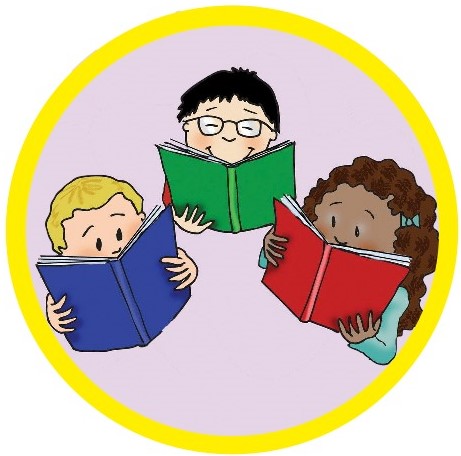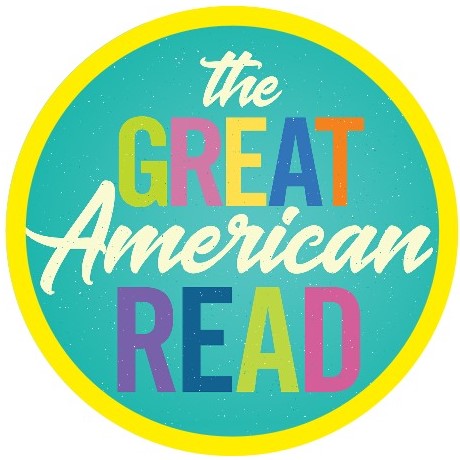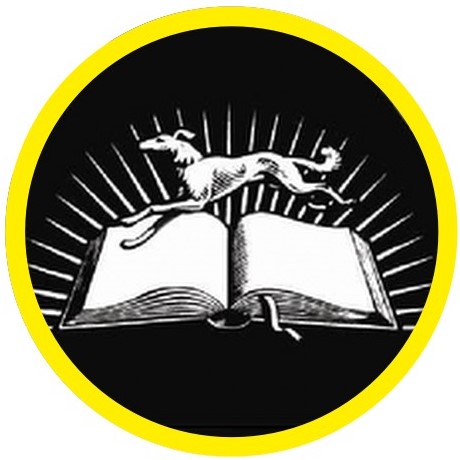
image from tumblr.com
I'm now six books into my effort to read at least a healthy chunk of Newbery award-winning books. I'm enjoying the reading, but am starting to feel the repetition - a point I already noted in my last post on Richard Peck's A Year Down Yonder.
I want to be careful that my comments don't come across merely as sour grapes. It isn't interesting to listen to a writer whine how "I can write just as good as they can. Why do they get all the lucky breaks?" I want to make it clear that these books have been, by and large, above average books. I'd rank most of them 4 stars out of 5. That's they thing, though. These are supposed to be the absolute cream of the crop - the best of their given years. I'm not quite seeing it.
The problem is NOT that each book individually is not worth the effort. The problem is that I'm starting to feel like, "Isn't this the same book that won the award the year before?" That's because the stories are remarkably similar. Apparently the Newbery selection committee is quite enamored with stories of tweens and early-tweens thrown into self discovery because of significant family upheaval.
In The Higher Power of Lucky by Susan Patron (2006), the protagonist lost her mom and is now in the care of her father's ex-wife. Like some of the other Newbery winners, the setting is a small town - in this case, Hard Pan - a California desert town with a population of 43.
Susan Patron discusses The Higher Power of Lucky
The argument could be made that there is no such thing as a new story, only a new way of telling it. Still, while each of the Newbery winners I've read so far have individual merits and nuances, when taken as a whole, it is hard to escape their similarities.
So what role did luck have to do in these books' successes? Well, luck is often viewed as being in the right place at the right time. However, one doesn't generally just happen to fall into these kind of circumstances. One has worked to put oneself in such circumstances, whether knowingly or not. In the case of Newbery-winning authors, they may have been published in the first place because someone knew someone in the publishing field. The book may have found its way to the Newbery committee members' hearts because of some other connection.
Luck, however one defines it, does play a role in success. However, Newbery-winning authors are not talentless hacks who just knew the right people. These are good authors with solid stories who happened to write the kind of stuff that appealed to the right people. Congrats to them for that - and good luck on their next projects.

























